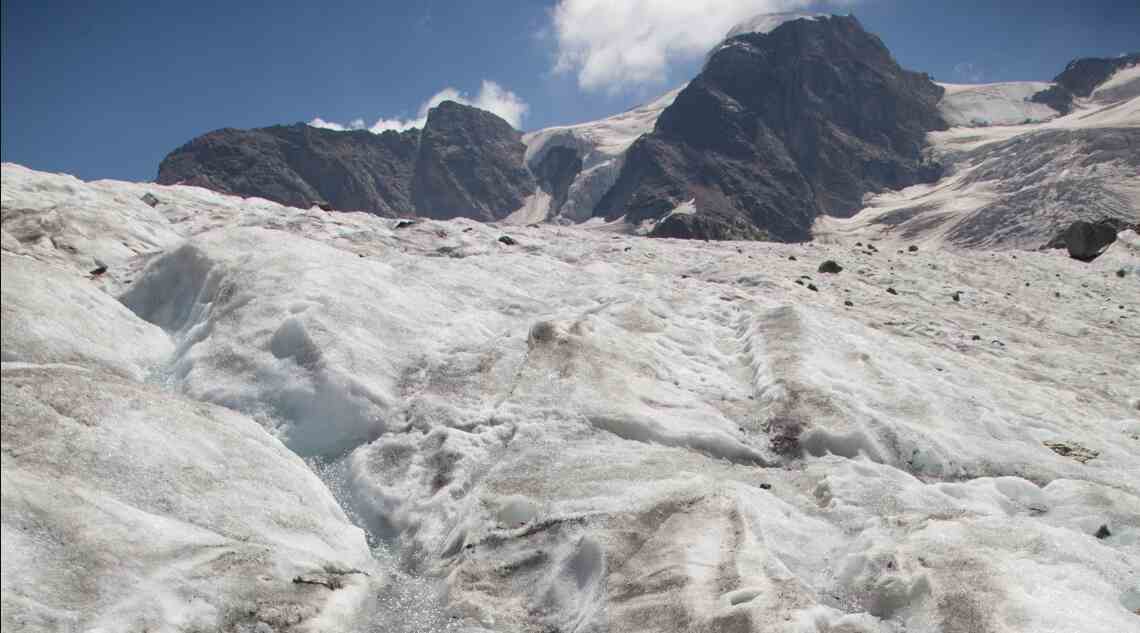
Climate Change and Glacier Reaction in the European Alps
Perhaps the most noticeable indicator of Earth’s changing climate is the presence of glaciers. They make it possible to see, on time scales short enough for people to notice or recognize, the impacts of warming or cooling the atmosphere through changes in the landscape. However, because glacier flow can filter the direct signal of the climate, the link between an advancing or receding glacier and the climate is not linear. As a result, glaciers may advance during warming seasons or retreat during cold ones. In actuality, the glacier reaction is closely correlated with an atmospheric signal through the mass shift of the glacier, or mass balance.
The research of the Alpine region provided a major impetus for the mechanism-based knowledge of the connection between the changing climate and glacier reaction. The well-established scientific tradition in Europe during the 19th and early 20th centuries, which produced a number of significant discoveries to monitor glacier and climate parameters, is responsible for this tremendous momentum from the Alps. Knowledge that is still relevant in the early 21st century was acquired even then (e.g., the ice age was caused by shifting climate, the climate is changing and fluctuating, and glacier changes are triggered by changing climate). In this burgeoning age of glacier climatology, Albrecht Penck and Eduard Brückner were the most important scientists. inclination towards Not only was there natural curiosity, but there were also multiple effects of glaciers on alpine human life that contributed to a deeper comprehension of the relationship between climate and glaciers.
